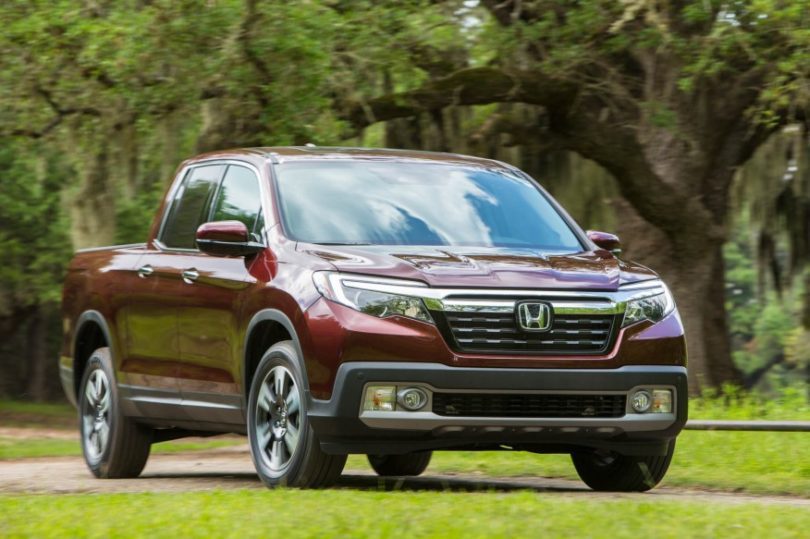The Honda Ridgeline is a unibody-constructed mid-size sports utility truck that entered the second generation this year. The first generation debuted in 2005 when over 42,500 units were sold in the United States. Sales reached its peak next year, but things radically changed. Since 2007 sales have started dropping and it hit the bottom 2009 with less than 10,000 sold units. These are sales only for the US. This truck is sold in other markets as well, but this is by far the biggest one. Some things had to be changed and the time for the new generation has come. The 2017 Honda Ridgeline is the first member of this generation.
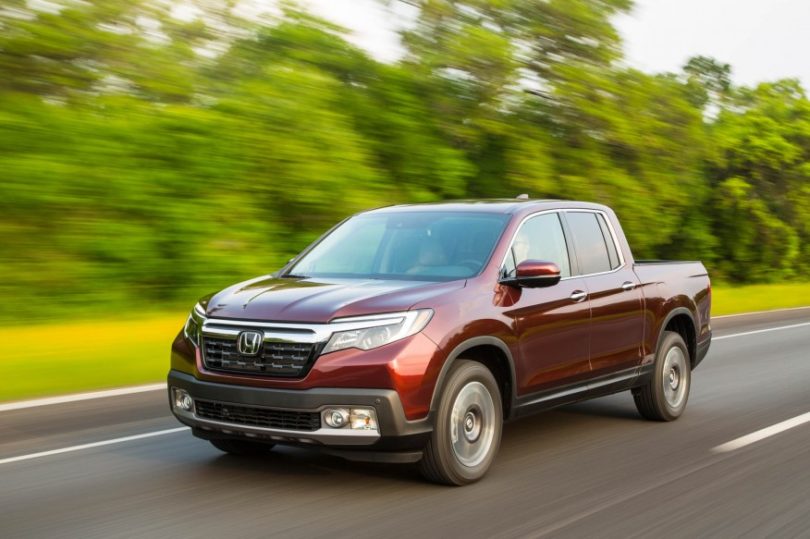
2017 Honda Ridgeline Review
It debuted at the North American International Auto Show in Detroit this January thus we know everything about this truck. The second generation shares lots of features with Honda Pilot and it inherited lots of them from the predecessor. 2017 has the same payload and towing capacity, a flatbed, dual-action tailgate and much more as the previous model. However, it also comes with several innovations and improvements. With these modifications, they hope to attract more purchasers in both US and Canada. The biggest changes are related to technology and styling and we’re going to present the most important ones. Here’s the new Ridgeline in all its glory.
Engine, Performance and Fuel Economy
The 2017 Honda Ridgeline shares lots of features with Pilot and engine is one of them. A 3.5-liter i-VTEC six-cylinder is placed under the hood. It has been recently modified and now comes with direct injection. Thanks to this improvement it can deliver more horsepower and torque than before. Total output is 280 horsepower and 262 pound-feet of torque. It is equipped with two-stage Variable Cylinder Management (VCM) system which enables Ridgeline to run on only three cylinders when being in low-stress situations. The other three are engaged when the car needs more power.
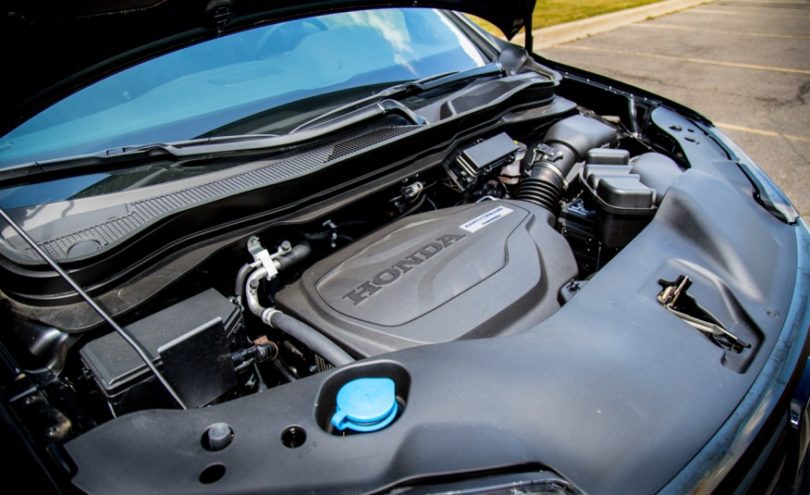
Perhaps the biggest change is adding a front-wheel drive. Apart from FWD, 2017 model has all-wheel drive as an option. There are also four modes for different terrains: normal, snow, mud, and sand. The transmission system is changed as well. Instead of a five-speed automatic six-speed transmission is used.
The 2017 model goes from 0 to 60 mph in 7.5 seconds while the top speed is 120 mph. Fuel consumption has been reduced. The FWD EPA rating stands at 19/26/22 mpg while the AWD will have one mpg less. Honda always puts a lot of effort in improving fuel economy hence we believe the future model will have even better EPA rating than the current model.
Redesign
The biggest modifications are related to technology and styling. A cargo bed has boxier design and the car has a more upright cab. The front fascia is little lowered, though, featuring fog lights and shifters as well as a lower air inlet. Front grille features large Honda logo and chrome accents. LED daytime running lights have become standard and the 2017 Honda Ridgeline has them. The dual-action tailgate can be open in two different ways: as a conventional tailgate and a barn door. Currently, Ridgeline is the only truck with such tailgate on the market.
Although it clearly differs from the Pilot on the outside, on the inside these two are a lookalike. There are some differences, but they are more than subtle. Technology has been improved comparing to the previous model and many features are analog: speedometer, temperature, etc.
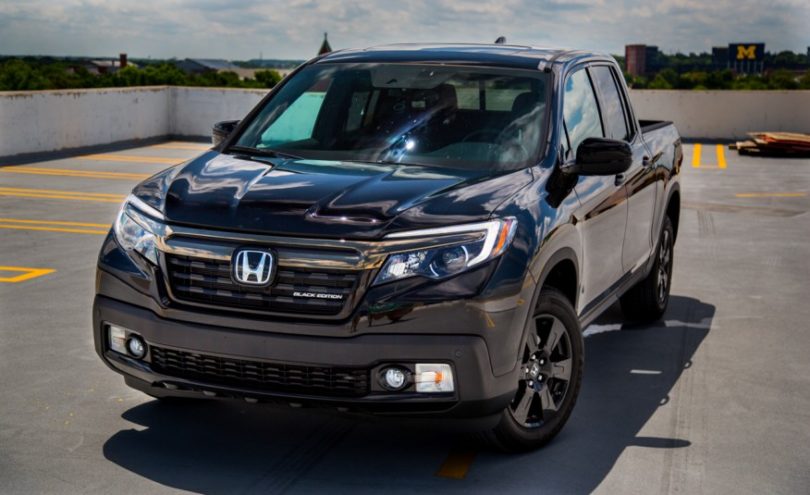
Price of 2017 Honda Ridgeline
There are numerous trim levels of the 2017 Honda Ridgeline and each one of them has a different price. The price of the base model starts slightly under $30,000. On the other hand, the most expensive trim costs around $43,000. The choice depends on your wish, but even the base model can deliver the goods satisfy all your needs.
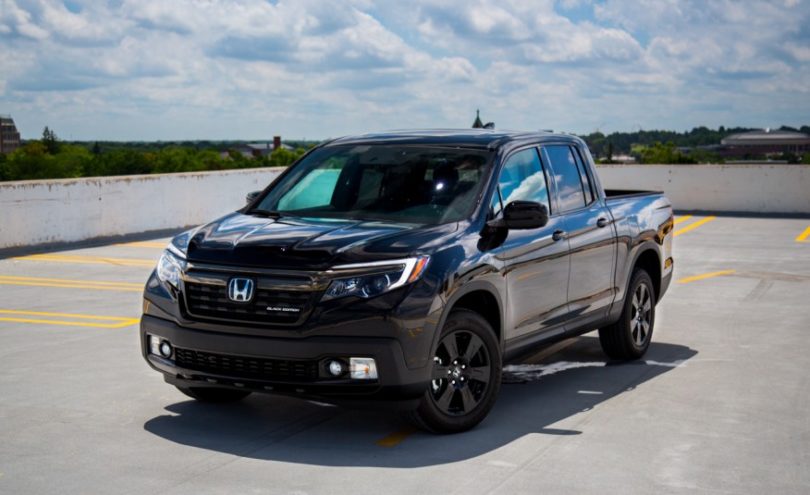
2017 Honda Ridgeline
Engine
The 2017 Honda Ridgeline shares lots of features with Pilot and engine is one of them. A 3.5-liter i-VTEC six-cylinder is placed under the hood. It has been recently modified and now comes with direct injection. Thanks to this improvement it can deliver more horsepower and torque than before. Total output is 280 horsepower and 262 pound-feet of torque. It is equipped with two-stage Variable Cylinder Management (VCM) system which enables Ridgeline to run on only three cylinders when being in low-stress situations. The other three are engaged when the car needs more power.
Price: $30,000 – $43,000
